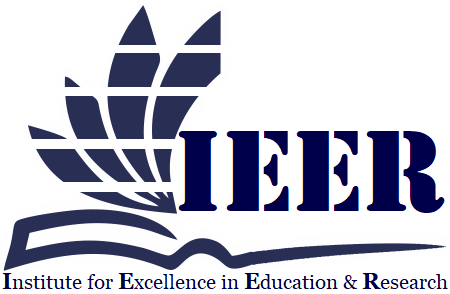CODE-SWITCHING AND CODE-MIXING: A SOCIOLINGUISTICS STUDY OF NIMRA AHMED’S MAALA
Keywords:
code, code switching, code mixing, sociolinguistics, language shifting, alternation of language, Maala.Abstract
This research investigates the phenomenon of code switching (CS) and code mixing (CM) in Nimra Ahmed’s celebrated novel Maala through the lens of sociolinguistics. As a widely read contemporary Urdu writer, Ahmed frequently incorporates English alongside Urdu which reflects the linguistic practices of Pakistani bilingual society. The study is guided by following objectives: The instances of code switching and code mixing in Maala, why bilinguals engaged in CS and CM in Maala in the context of text, and the effects of code switching and code mixing on readers and meaning-making in novel. The analysis adopts Poplacks (1980) model of code switching, that categorizing inter-sentential, intra-sentential, and Tag switching and Muysken’s (2000) model of code mixing, which includes Insertion, Alternation, and congruent lexicalization. These frameworks provide a systematic lens for identifying and interpreting linguistic shifts between Urdu and English in the text. The study employs a qualitative content analysis methodology, focusing on selected extracts from the novel where CS and CM are most evident. Findings reveal that code switching in Maala often serves as a stylistic strategy to reflect the bilingual reality of characters, signal identity, and mark social class distinctions. Code mixing is used to express modernity, convey specialized concepts, and enhance emotional intensity, particularly in dialogues. The reasons behind CS and CM are not merely linguistic but also sociocultural, showing the influence of globalization, prestige of English, and hybrid identities among Pakistani youth. The effects of these practices are significant: they enrich the narrative, create authenticity, and resonate with bilingual readers while sometimes challenging monolingual audiences. The research contribute to sociolinguistics and literary studies by demonstrating CS and CM function as communicative resources in Urdu and English bilingual literature, reflecting broader cultural and linguistic dynamics in Pakistan.
Downloads
Published
Issue
Section
License

This work is licensed under a Creative Commons Attribution-NonCommercial-NoDerivatives 4.0 International License.
















